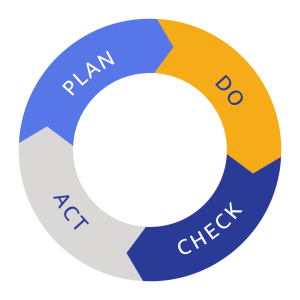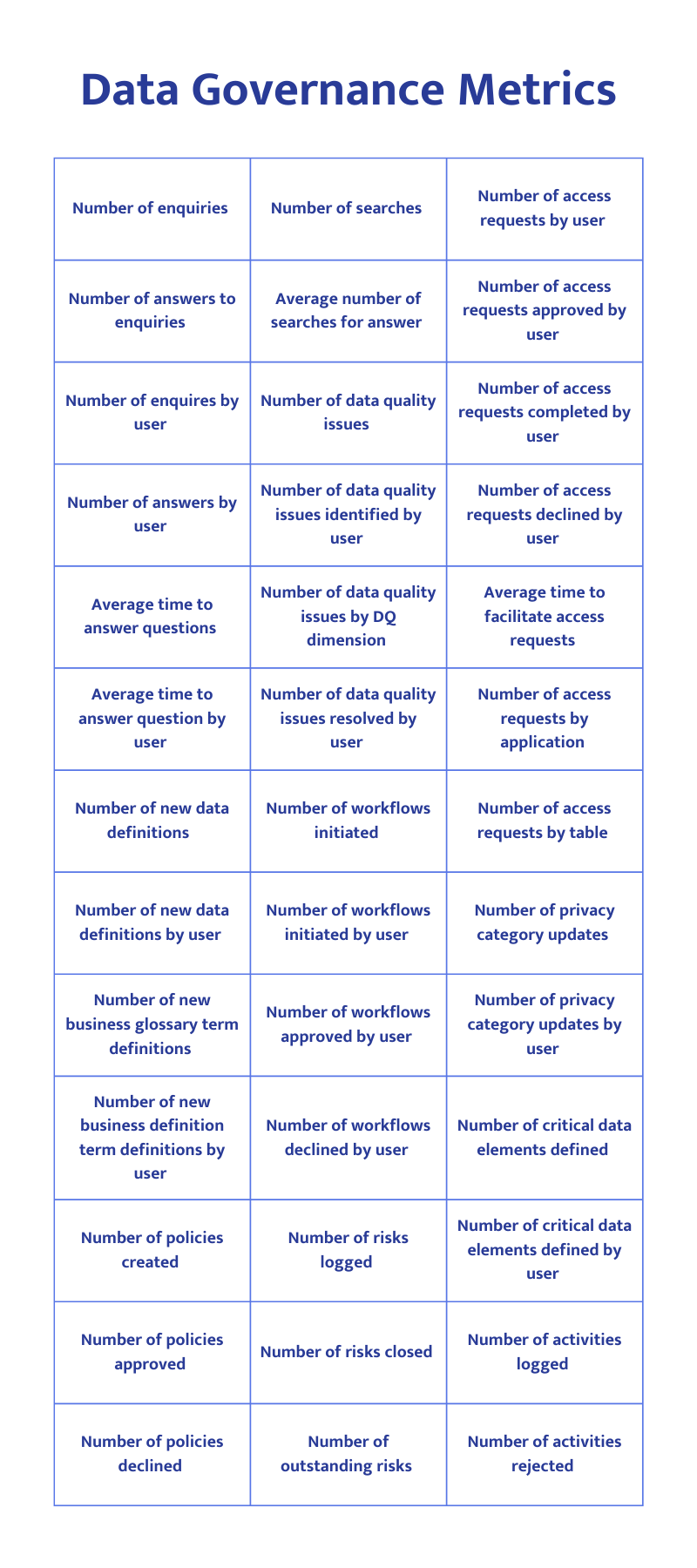Data governance should be viewed as a necessary investment to allow businesses to implement advanced analytics technologies, transform into digital delivery organizations, generate content and interact with customers via genAI, and automate many business functions.
To achieve these capabilities, trusted data is required and understanding of data is mandatory. Data needs to be limited to appropriate use based on privacy and other legal restrictions, stakeholders across the organization need to be supportive, and new needs and ideas need to be communicated and shared for continuous improvement.
Often questions come up from leadership such as:
- What is being spent on data governance?
- What is that investment producing?
- What outcomes do we really see for all this time and money invested?
To that end, data governance value (DGV) must be calculated, monitored, and shared. While some software firms talk of maturity models or provide access to what is being used with their software, this is typically done to substantiate your investment in their products and is focused on continuing to renew or expand their software contracts. It often needs more collection of the comprehensive sets of activities that data governance requires.
It is recommended that a great deal of data is created and reported upon. To start, follow a method to set a baseline (starting position), collect details on what actions are being executed, and record what is done for the action.
It may be helpful to use a plan-do-check-act or Shewhart Cycle.

Plan
The idea is to plan out what activities you are completing in your data governance program around the following areas and collect details on the execution of these activities:
- Data quality
- Data definition
- Data privacy
- Data risks
- Data quality issues
- Enquiries (requests for help)
- New data needs and ideas
- Search and discovery
- Audit support
- Many others
Do
A variety of people will do these actions, not just data stewards. They can be data stewards, data analysts, or knowledge workers across many different functions. The firms that find ways to get everyone from all roles to use data are those that build out a data culture. As these tasks are completed, data will be collected and available for additional reporting and analysis. This part of the cycle is doing the work to have top-tier data and related capabilities.
Check
The next step is to use the data that was collected during the previous stage and report on it. This type of reporting can span:
- Operational: Reports for open task requests for things that need to be done. Complete reports that show what is done or cancelled for redundant or unneeded tasks. Reports such as aging reports for outstanding tasks. The bottom line is operational reports help to execute data tasks and get people they help them need across the organization.
- Analytical: Just like a business may want to predict actions, show business performance, or work to control costs or increase revenue, data governance reports can perform simple analytics to show what is being done or the trend of activities and define needs for deeper changes.
- Rationalized: Reports that show what is being done, by whom, and when. These show business benefits and outcomes for the data governance program. These reports can be used to substantiate the need for new or existing staff and justify spending.
To build these reports, data governance attributes must be collected. They help to define the situation. Here is a great starter set of data governance metrics that nearly all data governance programs need to have:

Act
The results of this reporting level are to act. This can take the form of following up on open activities in an aging report, analyzing the number of data quality issues raised and fixed, or evaluating the types of questions being asked. The idea of this stage of the cycle is to take what can be gleaned from the data and make improvements for greater efficiency.
Driving data governance success
It is critical for successful data governance programs to collect data on their activities and use that information to operate, plan, and promote the accomplishments of the data function. Without this type of reporting, data governance teams will often be treated with staff and budget cuts. Data governance programs have one goal, to improve the data program as a whole.
For more information on data governance metrics and reports reach out to Wavicle today.



